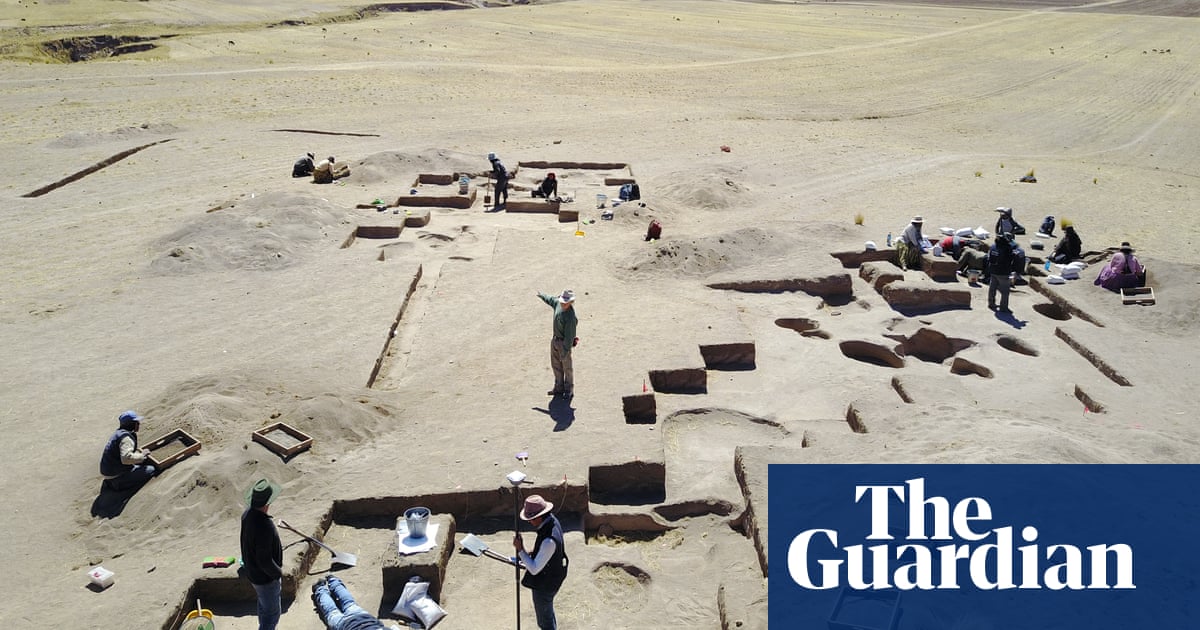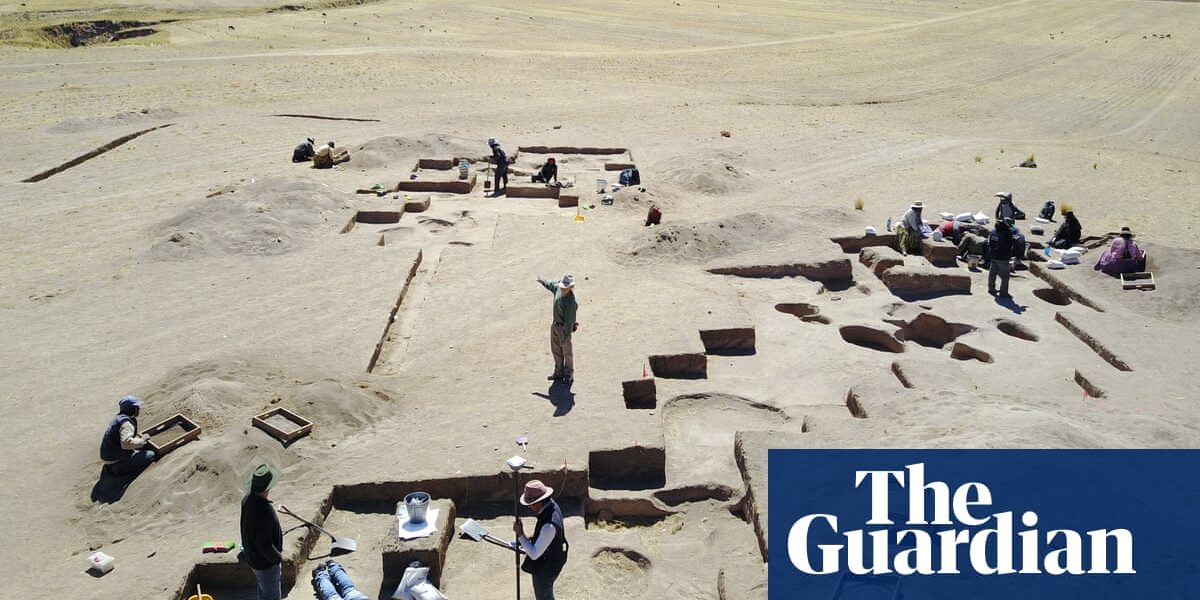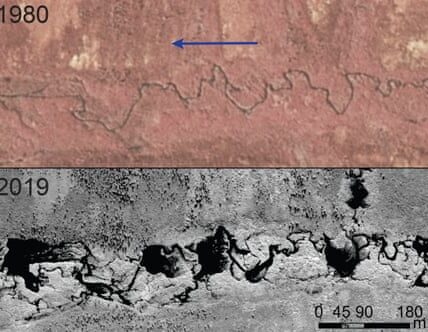According to the archaeologist, hunter-gatherers primarily relied on gathering for their food sources.

Archaeological evidence suggests that the diet of early human hunter-gatherers primarily consisted of plants and vegetables, challenging the widely accepted belief that our ancestors subsisted on a diet rich in protein and meat.
The findings, based on the analysis of 24 human remains discovered in two burial sites located in the Peruvian Andes and dating back to 9,000 to 6,500 years ago, indicate that wild potatoes and other root vegetables may have been a major source of sustenance prior to the switch to an agricultural way of life.
According to Dr. Randy Haas, an archaeologist at the University of Wyoming and the senior author of the paper, it is commonly believed that early human economies primarily revolved around hunting. This notion has resulted in various popular high-protein diets, such as the paleo diet. However, our research reveals that these diets actually consisted of 80% plants and 20% meat.
In the past, some have proposed that the move towards agricultural societies was caused by excessive hunting. However, new discoveries suggest that the change may have occurred more slowly, with a gradual shift from gathering to farming.
The research centered on samples obtained from the Wilamaya Patjxa and Soro Mik’aya Patjxa burial sites, located approximately one mile apart in the Andes mountains. Through examining the bones, scientists compared the carbon and nitrogen chemical compositions to those of nearby flora and fauna. The findings indicated that plant-based foods made up the main portion of the individuals’ diets, while meat was a lesser component.
According to Jennifer Chen, a PhD candidate in anthropology at Penn State University and lead author of a paper published in the journal PLOS One, food is crucial for survival, especially in high-altitude areas such as the Andes. While many studies on hunter-gatherer societies focus on hunting and meat-based diets, Chen’s research reveals that early Andean hunter-gatherers primarily relied on plant-based foods like wild tubers.
The scientists also discovered charred plant leftovers at the locations and specific markings on the top front teeth of some people, suggesting that tubers, potentially wild potatoes, were the primary source of sustenance.
The examination also revealed that bigger animals, like deer or llamas, were the main source of meat in the diet, instead of smaller animals, birds, or fish.
According to Haas, the belief that early humans primarily consumed meat was commonly accepted in the field of archaeology. He stated, “Before this study, I would have estimated that 80% of their diet consisted of meat.” It is widely assumed that human diets were largely based on meat.
This perspective was influenced, in part, by the archeological evidence, which is skewed towards signs of consuming meat. This is due to the fact that objects such as stone tools and animal bones that have been butchered are more likely to survive over time than plant remains.
Haas suggests that the predominance of male archeologists from Western societies, where hunting is considered a masculine activity, may have contributed to perpetuating the stereotype of a “macho caveman” in early human societies. This bias could also have influenced studies on the diet of early humans in other parts of the world.
Source: theguardian.com




